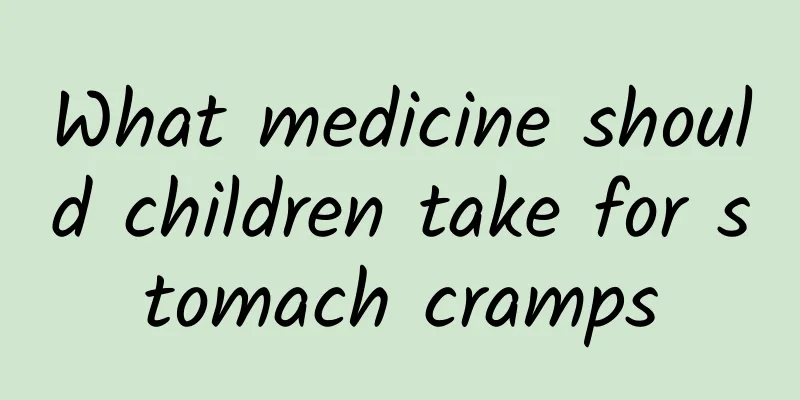Acute nasal mucositis

|
Acute nasal catarrh, also known as acute rhinitis, is a disease with a relatively short onset and sudden onset of symptoms. Acute rhinitis can cause great pain to patients. If not treated in time, it may even infect the nasal environment and cause patients to have greater nasal health problems. Next, I will introduce to you the course of acute rhinitis and the clinical manifestations at different stages of the disease. 1. Prodromal stage The incubation period is 1 to 3 days. The entire course of the disease can be divided into 3 stages. A few hours or 1 to 2 days. There is a dryness, burning or foreign body sensation in the nose, and itching. A few patients also have a foreign body sensation in the conjunctiva. Patients are afraid of chills and feel generally unwell. Nasal congestion and dryness. 2. Catarrhal stage 2 to 7 days. During this period, nasal congestion appears and gradually worsens, with frequent sneezing, clear nasal discharge with decreased sense of smell, occlusive nasal voice when speaking, and possible nose bleeding. At the same time, systemic symptoms reach a peak, such as fever (mostly low-grade fever), fatigue, loss of appetite and headache. If acute sinusitis occurs, the headache will worsen. The nasal mucosa is diffusely bleeding and swollen, and the nasal passages or nasal floor are filled with watery or mucous secretions. Due to the stimulation of large amounts of secretions and inflammatory reactions, the nasal vestibule may become red, swollen, and cracked. 3. Recovery period The clear nasal discharge decreases and gradually becomes mucopurulent. When bacterial infection occurs, the nasal discharge becomes purulent and systemic symptoms gradually ease. If there are no complications, recovery will occur in 7 to 10 days. The ciliary transport function of the nasal mucosa generally takes about 8 weeks to fully recover. Due to the different types and subtypes of pathogenic viruses each time, as well as the influence of the body's immune function and the patient's age, the clinical manifestations of this disease vary in severity. Even for the same subspecies of the virus, the incidence of symptoms and complications caused is not consistent, and there are obvious differences even among family members. Children lack relevant antibodies to various pathogenic viruses and are susceptible to this disease. When children are ill, their systemic symptoms are more serious than those of adults, and they often have fever, fatigue, even high fever and convulsions. It is often accompanied by obvious gastrointestinal symptoms, such as vomiting, diarrhea, etc. When combined with adenoids hypertrophy, nasal congestion is more severe than usual, which hinders sucking and causes the child to cry incessantly. |
Recommend
Chest tightness feels like something is blocking it
Many people feel chest tightness from time to tim...
Less urine output and feeling of holding back
Urine volume is an important indicator of human he...
Manifestations of liver disease on nails
Liver disease is a very dangerous disease because...
Can soaking onions in red wine treat gout?
Onion is a common edible vegetable in our daily l...
How to maintain health during the Jingzhe solar term
In fact, health care is very important during the...
Is thyroid type 4a generally benign?
Thyroid 4a is a common classification of thyroid ...
What are the disadvantages of frequent cupping?
We all know that cupping is a traditional Chinese...
The efficacy and function of scorpion wine
The main ingredient of scorpion wine is scorpion,...
Side effects of Gangbangui
Perforate fleeceflower, English name: Perforate f...
Treatment of lymphoma
Lymphoma is actually a malignant tumor that origi...
What medicine should I use for shoulder pain?
In daily life, many people suffer from shoulder p...
Acne on the face due to internal heat, four methods can help you easily remove it
In life, people will experience some discomfort s...
Microtesticular azoospermia
For men, sexual function is something they are of...
What is the situation of the glans white?
Whitening of the glans penis is a common conditio...
What is myelofibrosis?
Many friends may not have heard of the disease my...









